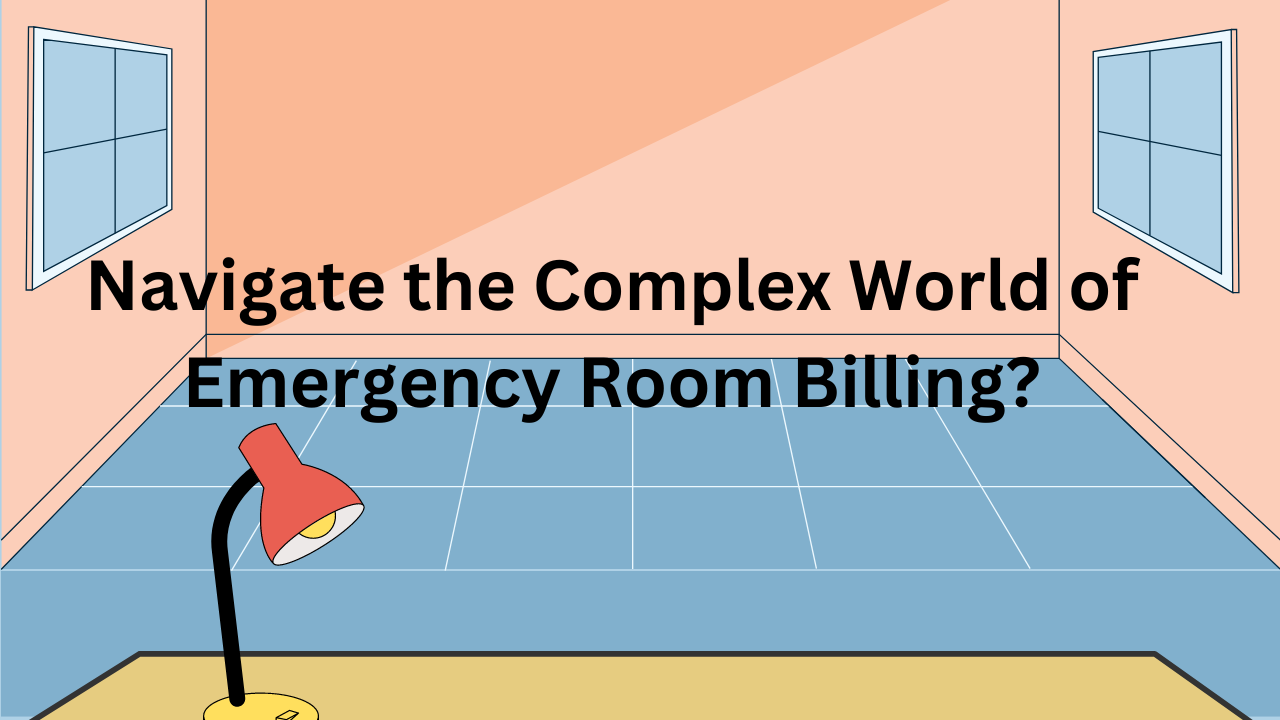Navigating the world of emergency room billing can be overwhelming and confusing. Dealing with a medical emergency is stressful enough, and the last thing you want to worry about is deciphering complex bills. However, understanding the billing process and being proactive can save you from unexpected financial burdens.
In this guide, we will provide you with valuable tips to help you navigate the intricate world of emergency room billing with confidence.
1. Understand Your Insurance Coverage
Before you find yourself in an emergency situation, familiarize yourself with your health insurance policy. Take note of the coverage and benefits related to emergency room visits, including co-pays, deductibles, and any out-of-pocket expenses.
2. Choose In-Network Providers
If possible, seek medical attention at an emergency room that is in-network with your insurance plan. In-network providers have negotiated lower rates with insurance companies, reducing the financial impact on you.
3. Assess the Urgency of Your Condition
Not all medical issues require a trip to the emergency room. For non-life-threatening conditions, consider visiting an urgent care center or contacting your primary care physician, as these options can be more cost-effective.
4. Request an Itemized Bill
When you receive your Freestanding ER Billing Service, ask for an itemized breakdown of charges. An itemized bill provides detailed information about the services you received, making it easier to verify accuracy and identify potential errors.
5. Review Your Bill Carefully
Thoroughly review your emergency room bill to ensure that you were charged only for the services you received. Look for any duplicate charges, incorrect procedure codes, or services you didn’t receive.
6. Identify and Dispute Errors
If you find errors in your bill or have concerns about specific charges, contact the hospital’s billing department to dispute the inaccuracies. Provide any supporting documentation that can help clarify the discrepancies.
7. Negotiate Payment Plans
If you are facing financial challenges and cannot pay the full amount of your bill, contact the hospital’s billing department to discuss possible payment plans or financial assistance options.
8. Inquire About Financial Aid Programs
Some hospitals offer financial aid programs for patients who meet specific income criteria. Inquire about these programs to determine if you qualify for any assistance in covering your emergency room expenses.
9. Be Persistent and Patient
Navigating emergency room billing can be a time-consuming process. Be patient and persistent in following up with the hospital’s billing department and your insurance company to resolve any outstanding issues.
10. Seek Assistance from Patient Advocates
If you find the billing process overwhelming or encounter challenges, consider seeking assistance from patient advocates or professionals experienced in medical billing. They can guide you through the process and ensure your rights are protected.
Conclusion
Emergency room billing can be a complex and daunting aspect of dealing with a medical emergency. By understanding your insurance coverage, being proactive in assessing the urgency of your condition, and reviewing your bill carefully, you can navigate the complex world of emergency room billing more confidently. Don’t hesitate to seek assistance or dispute any errors to ensure you are billed accurately and fairly for the medical services you received.



